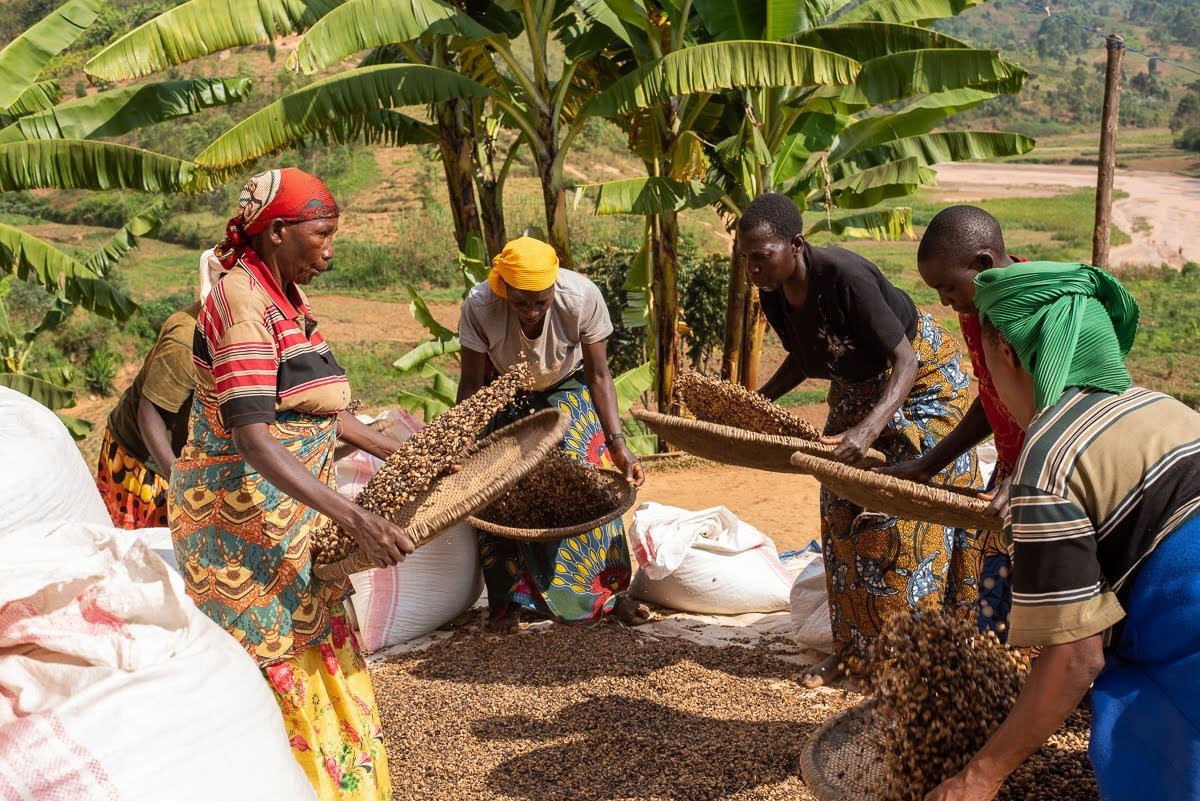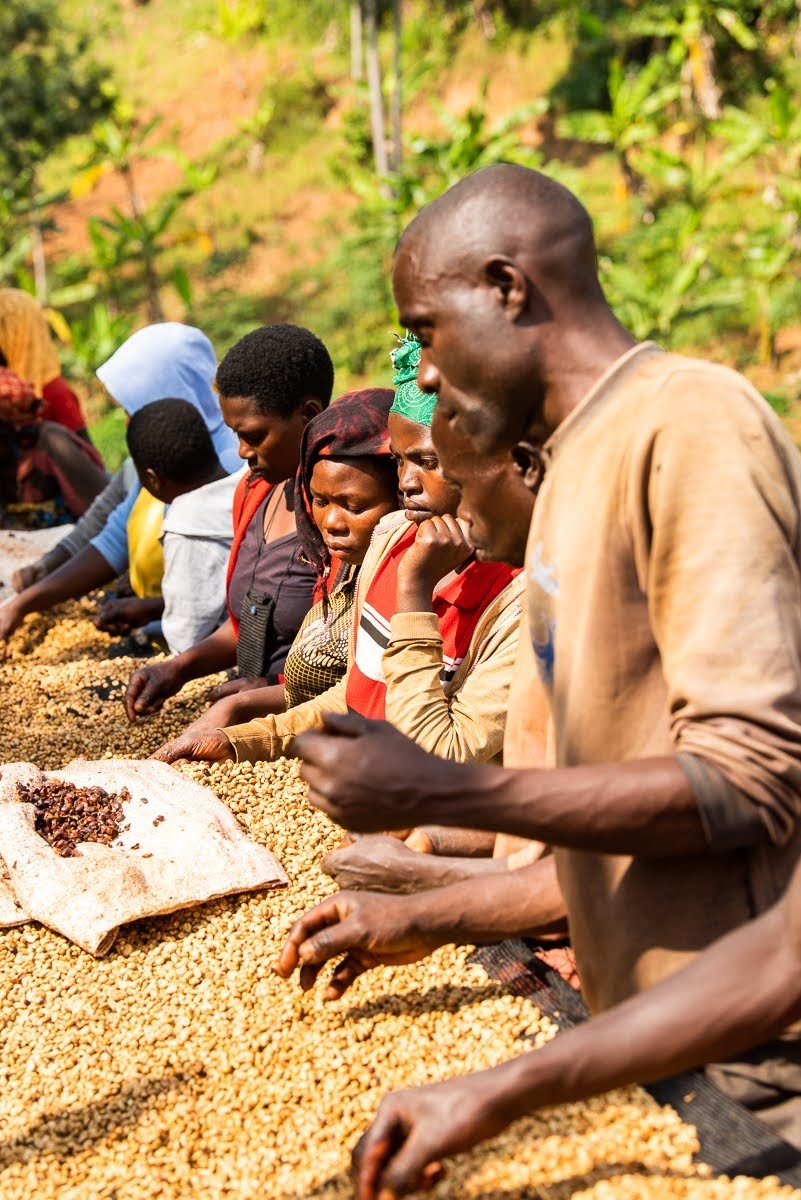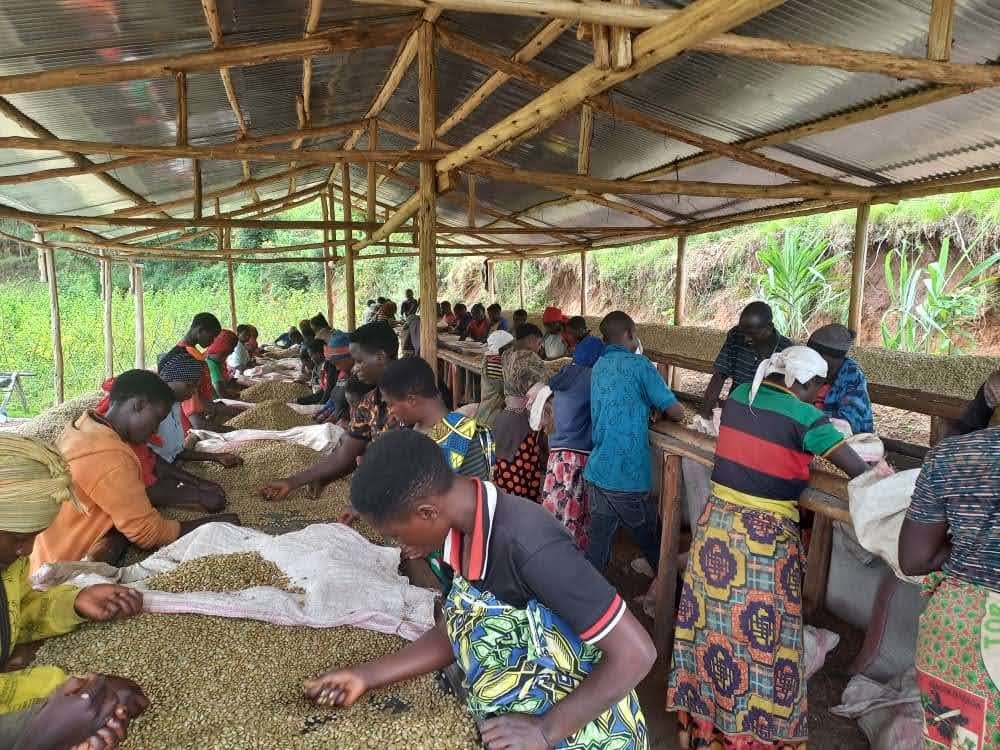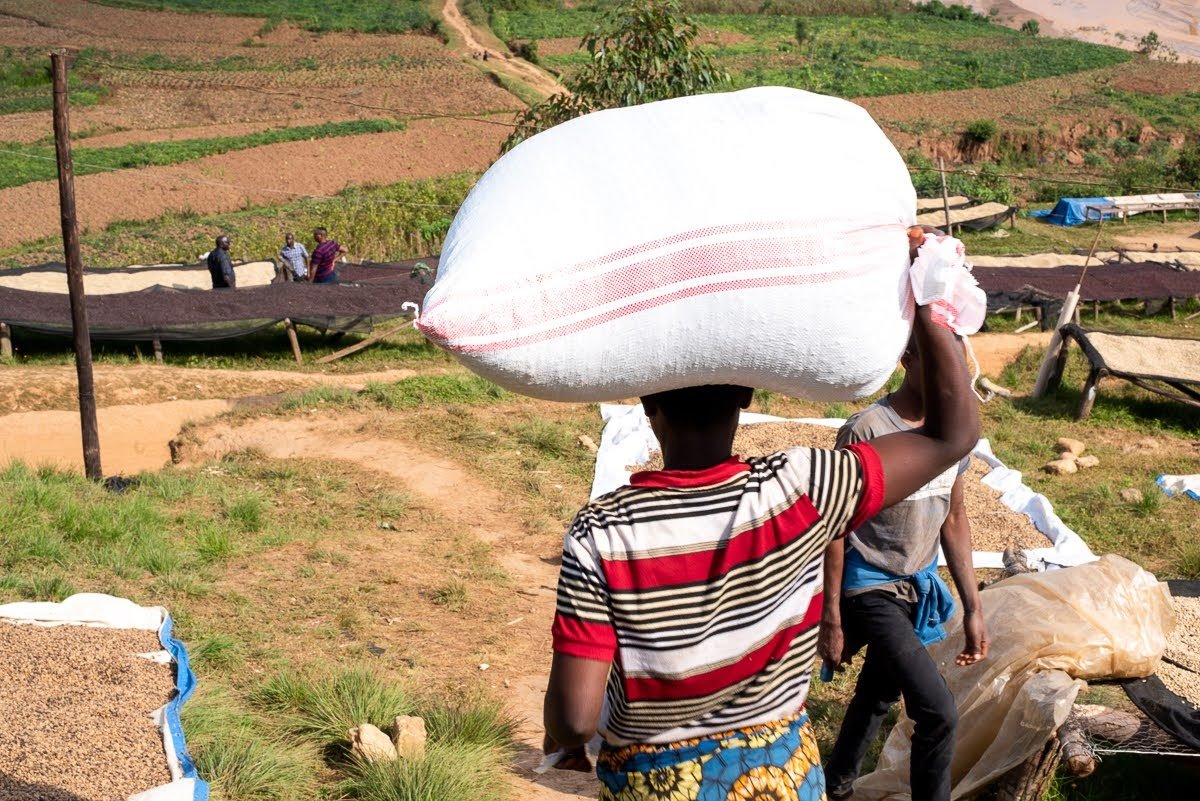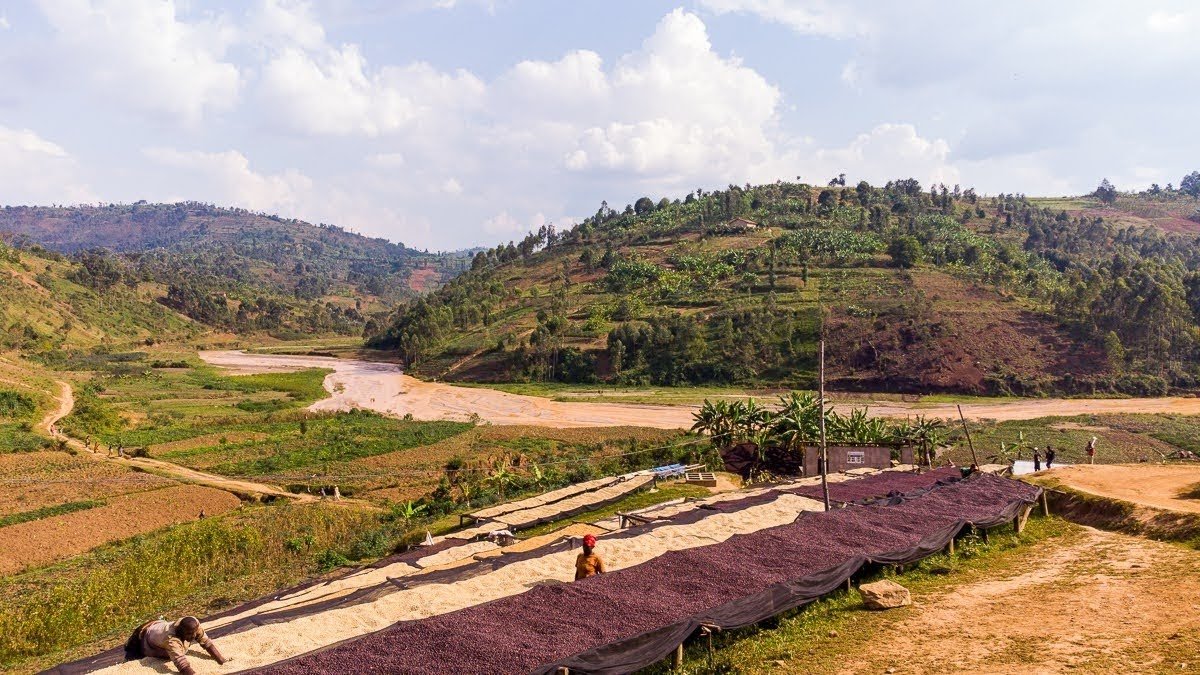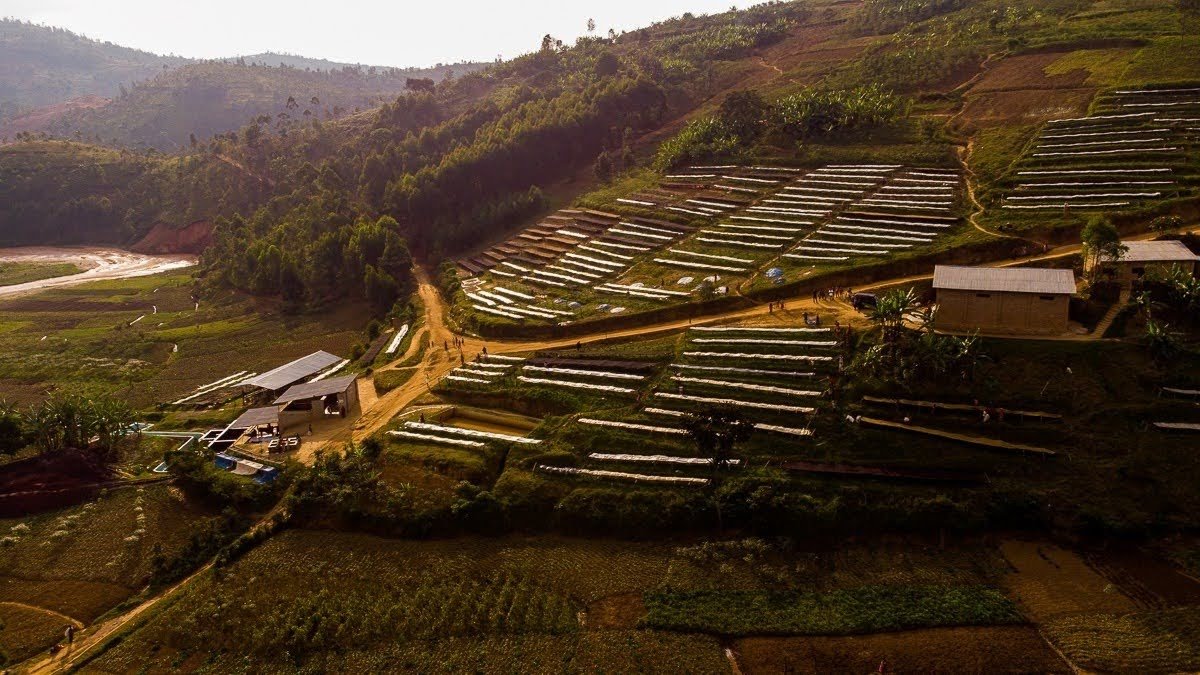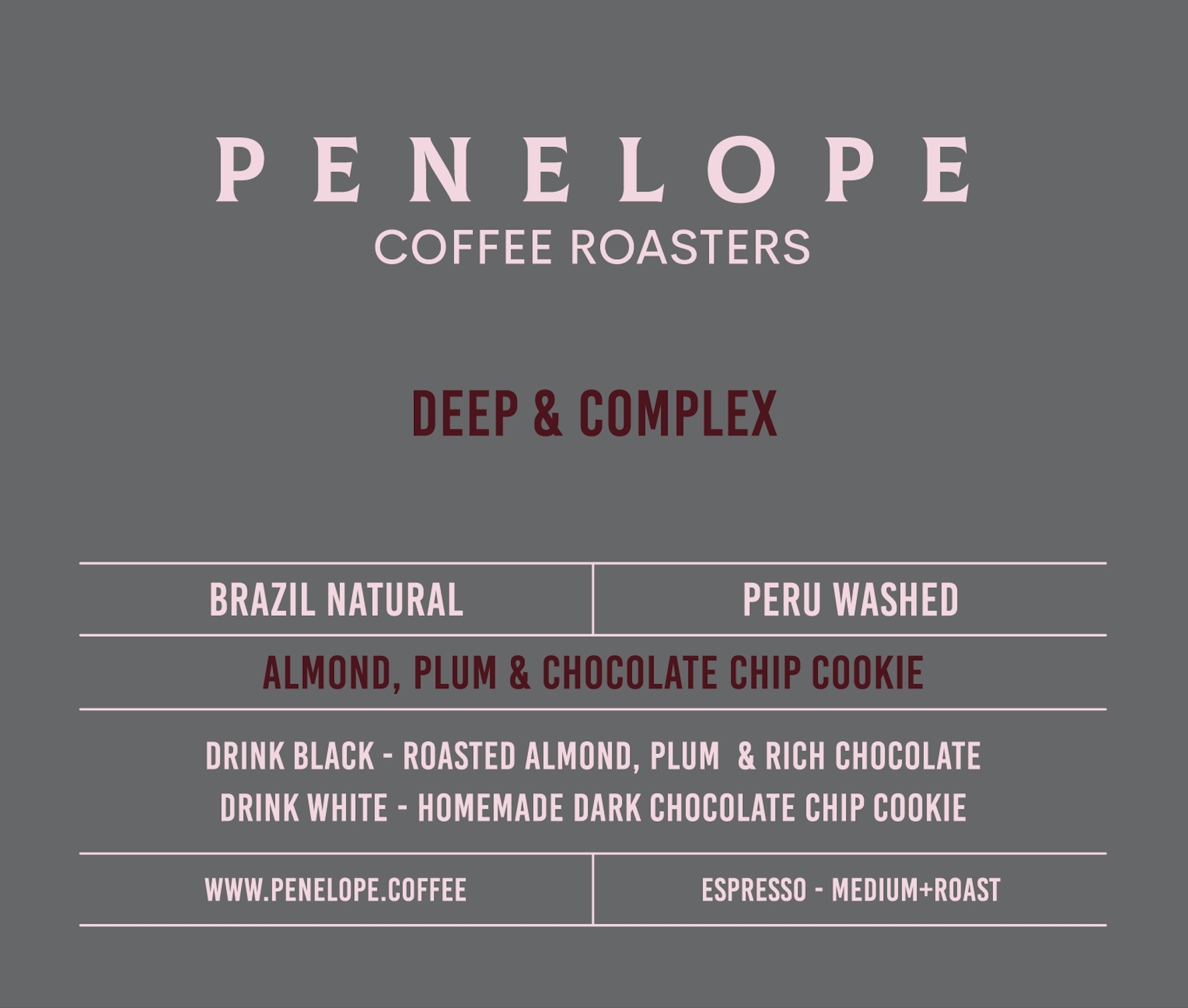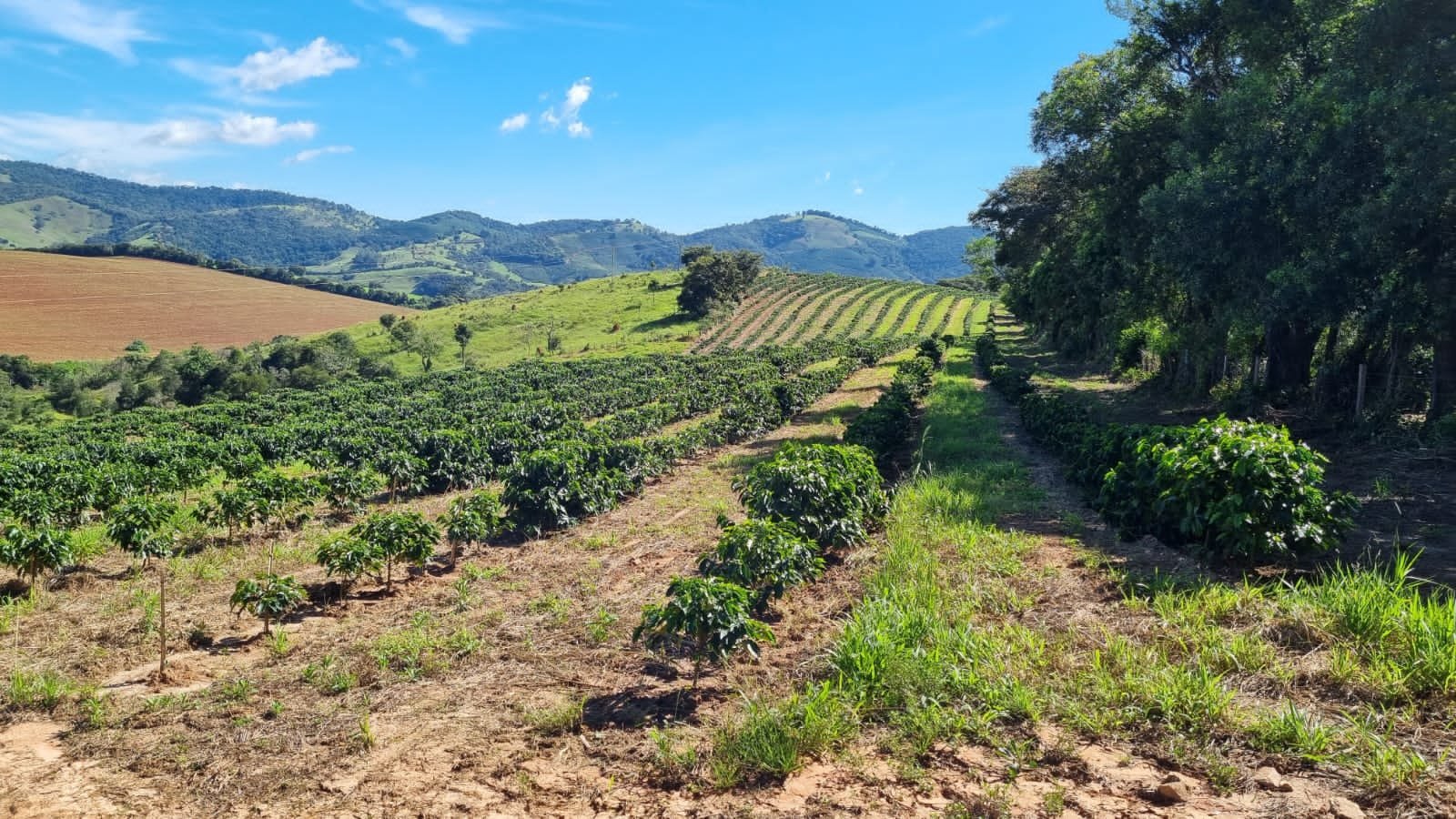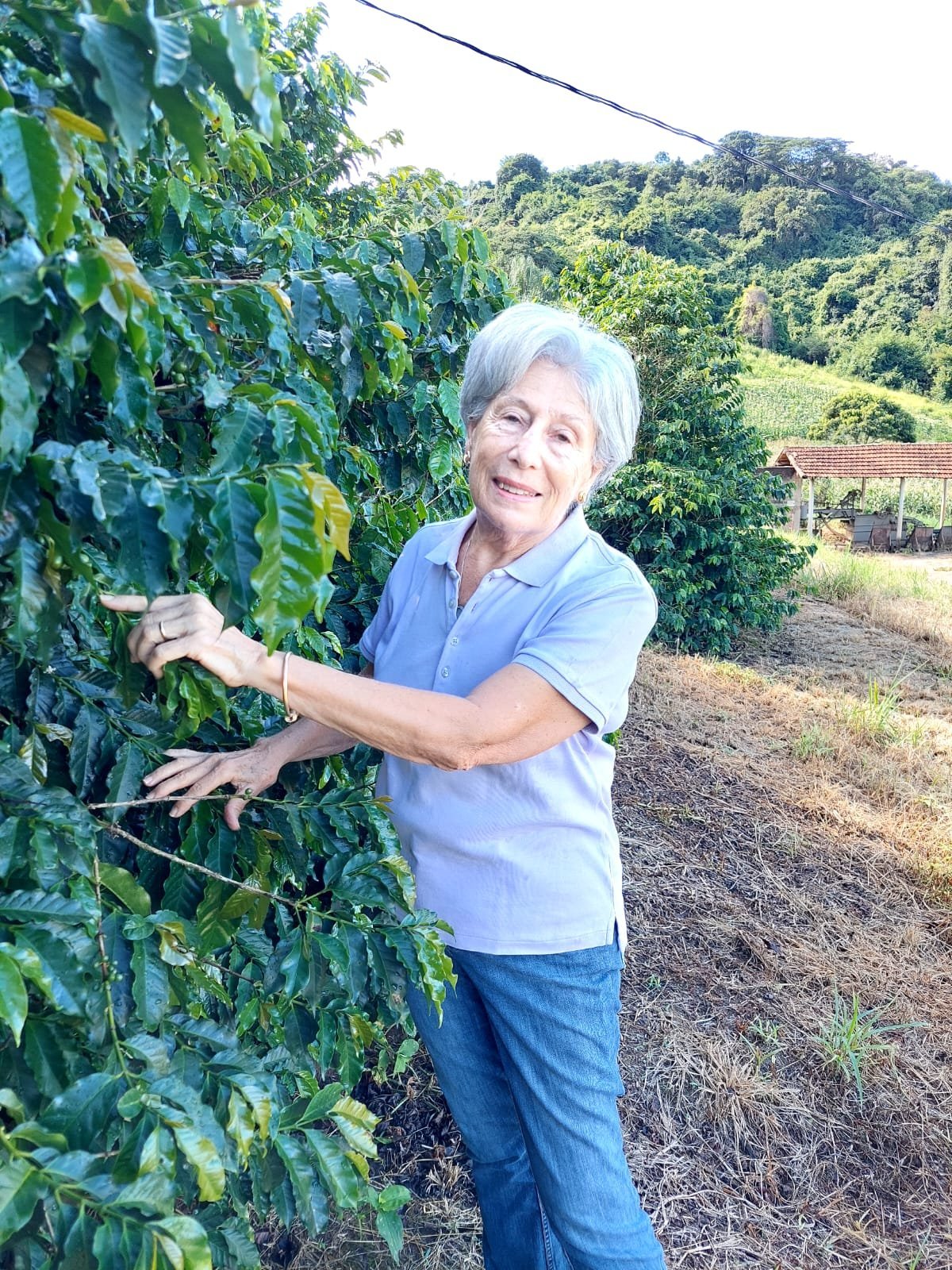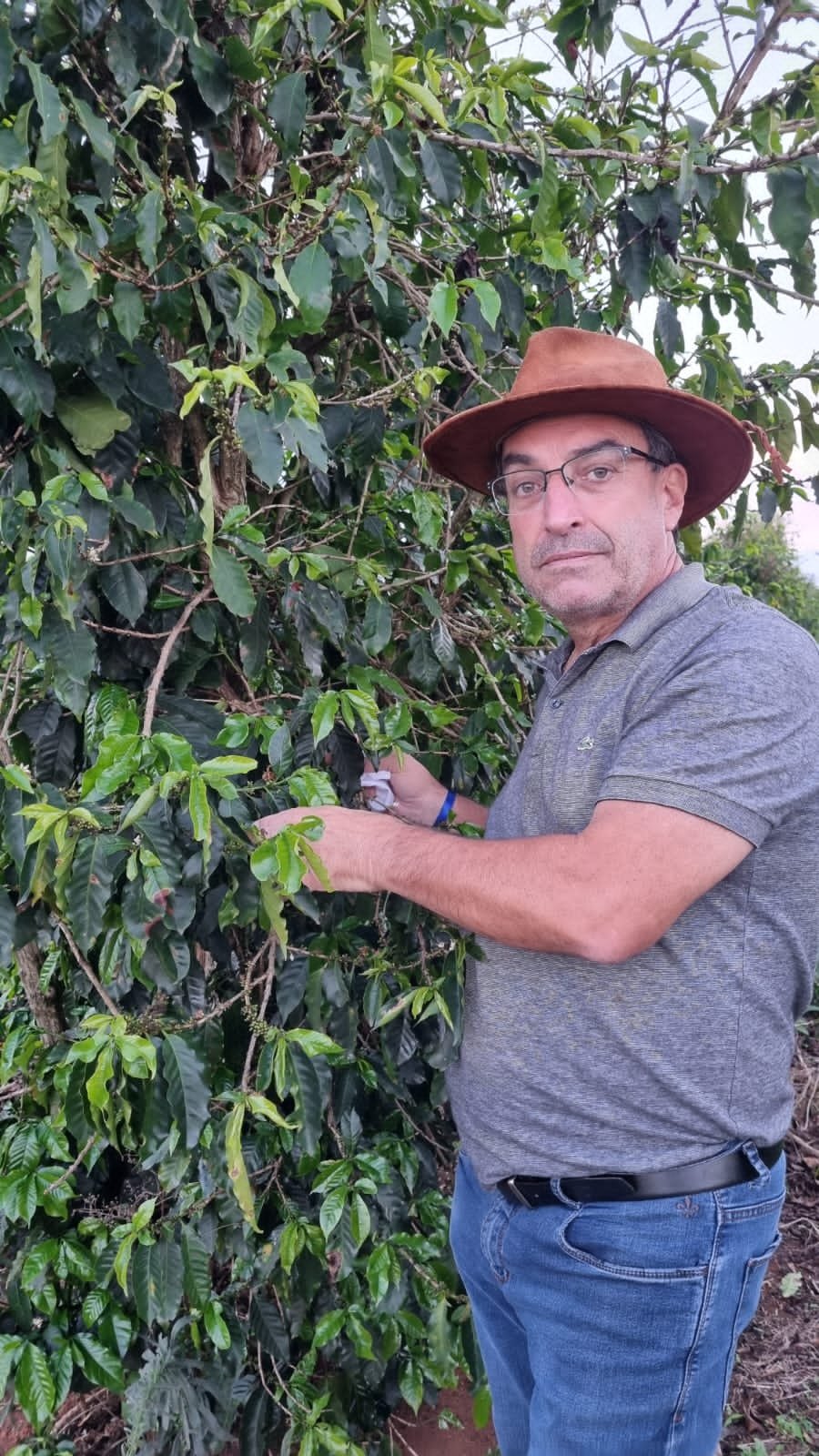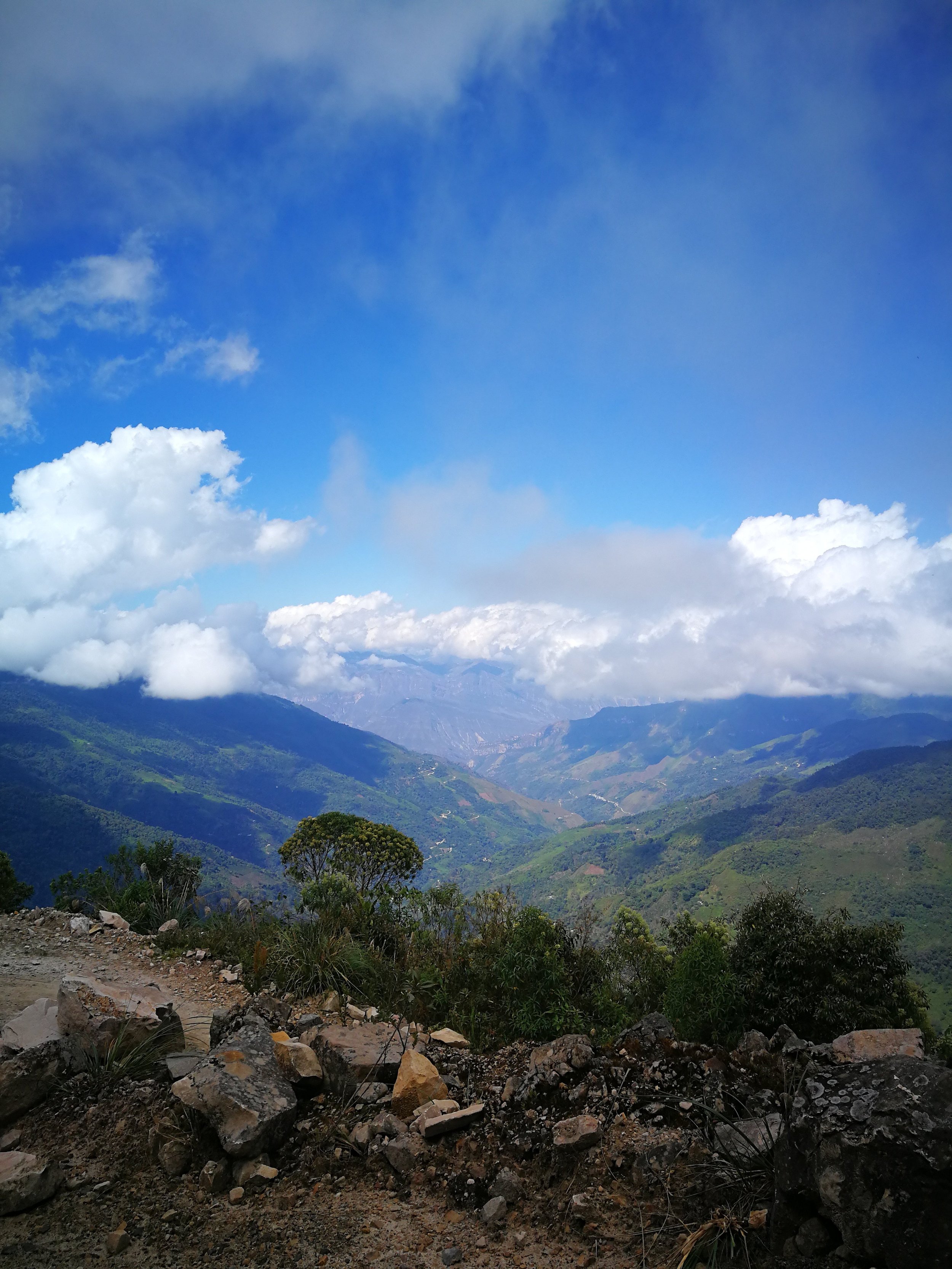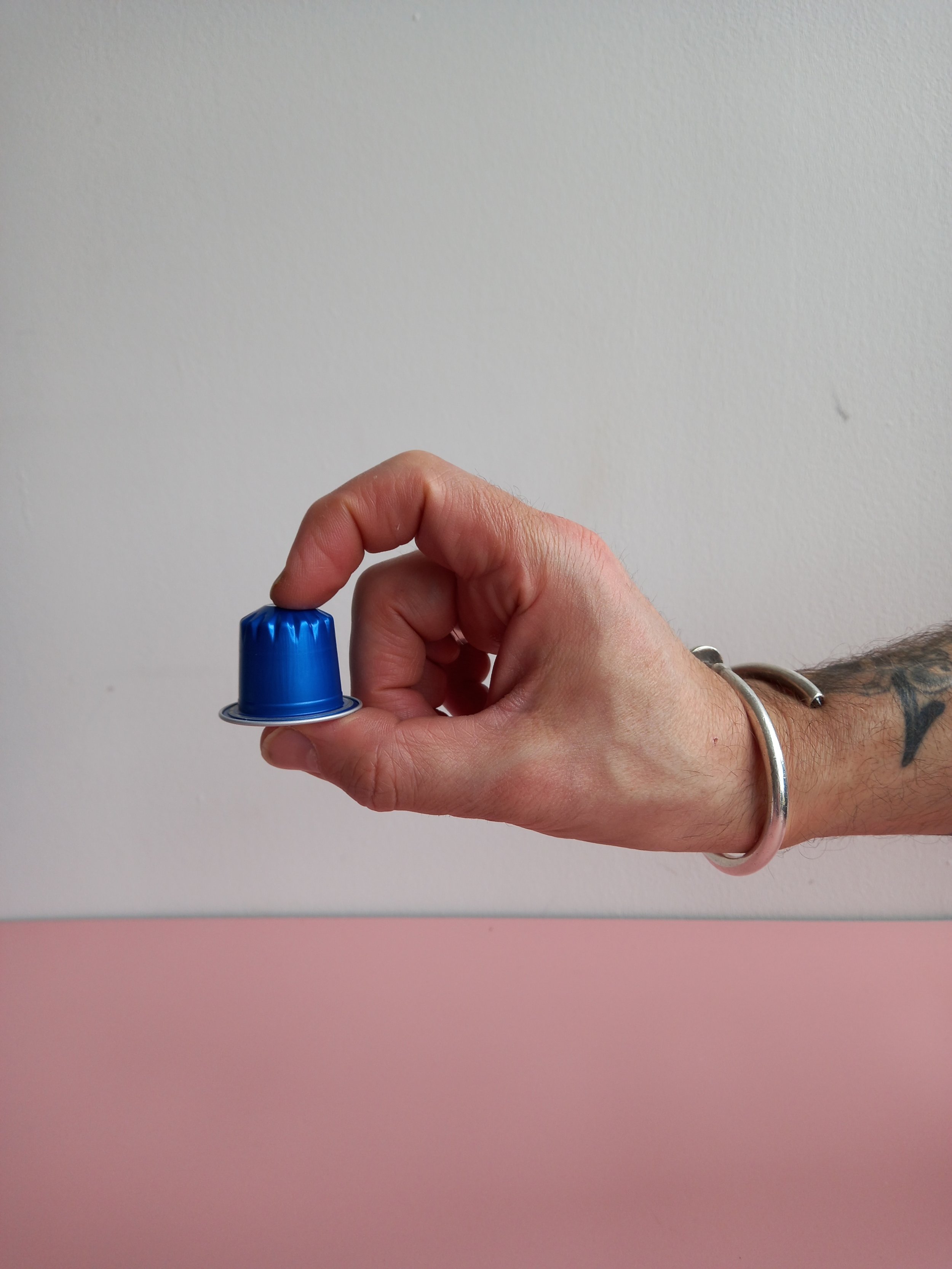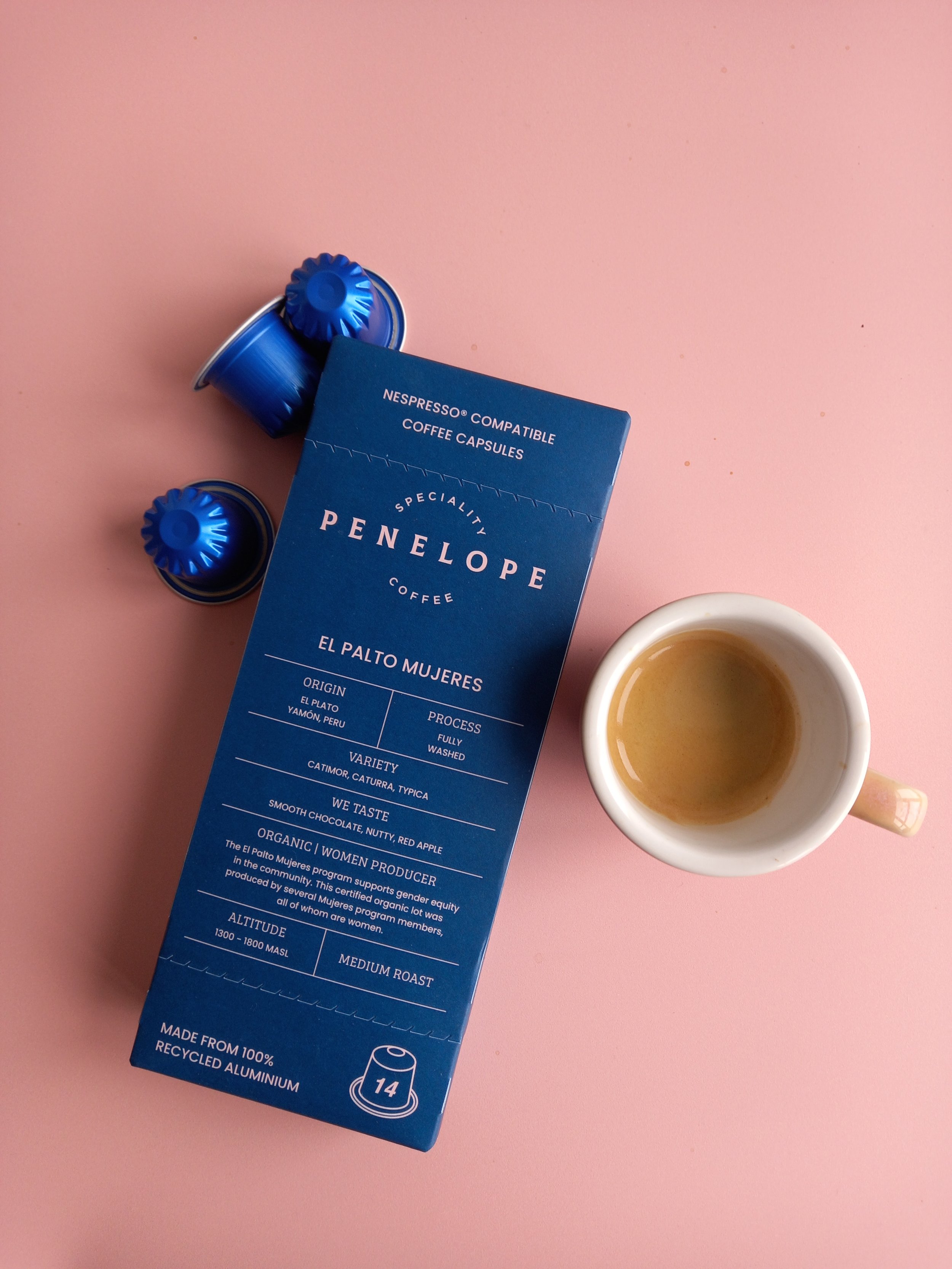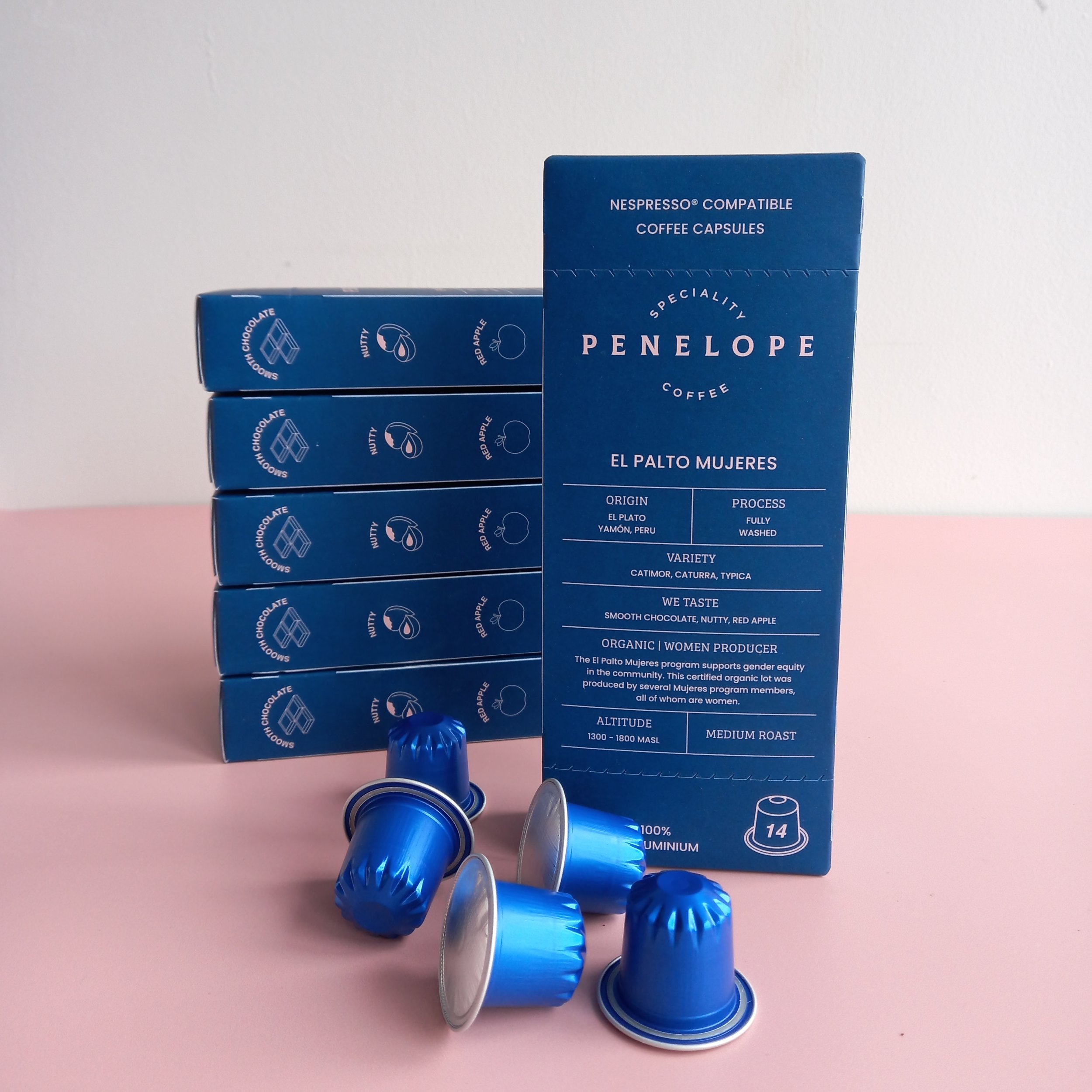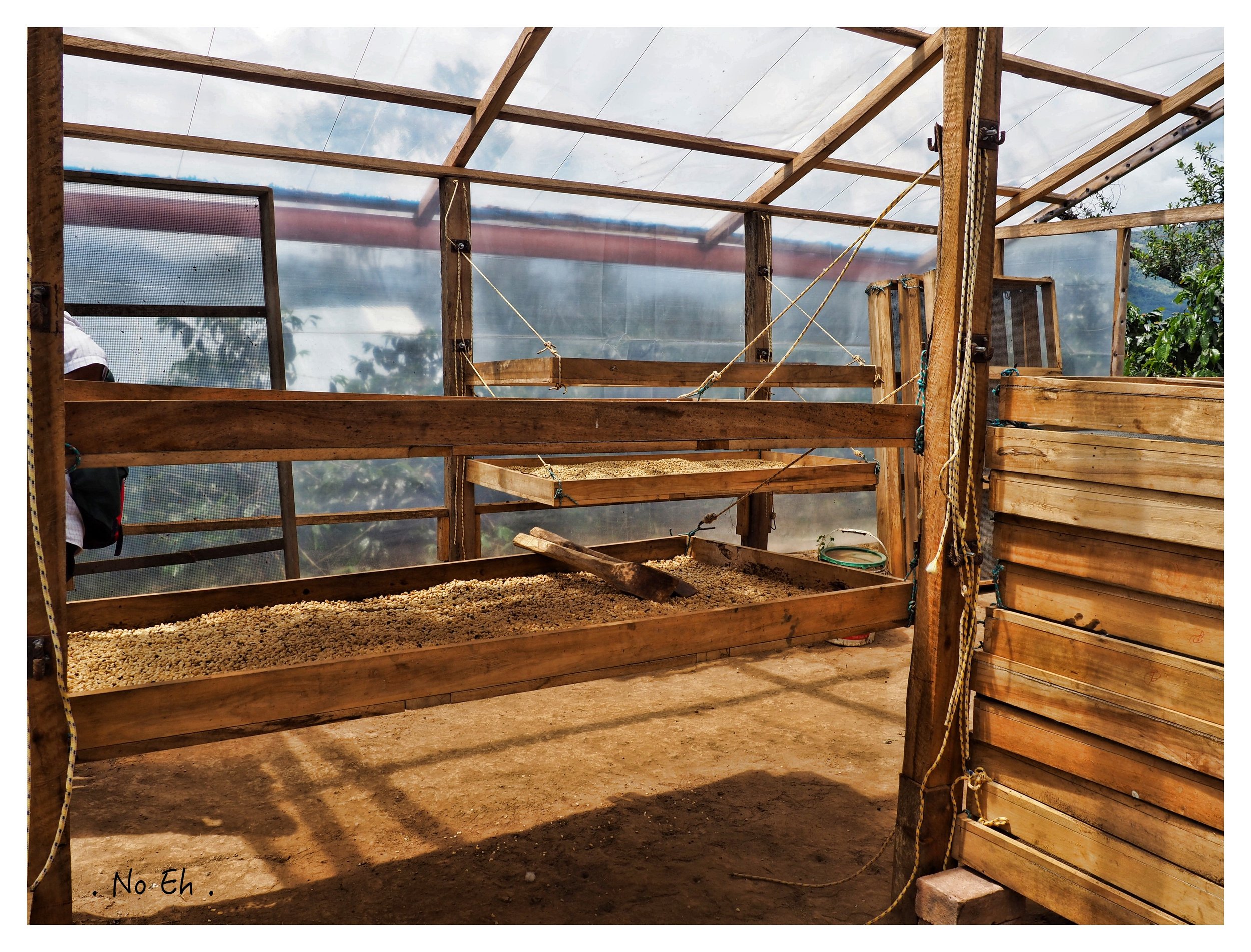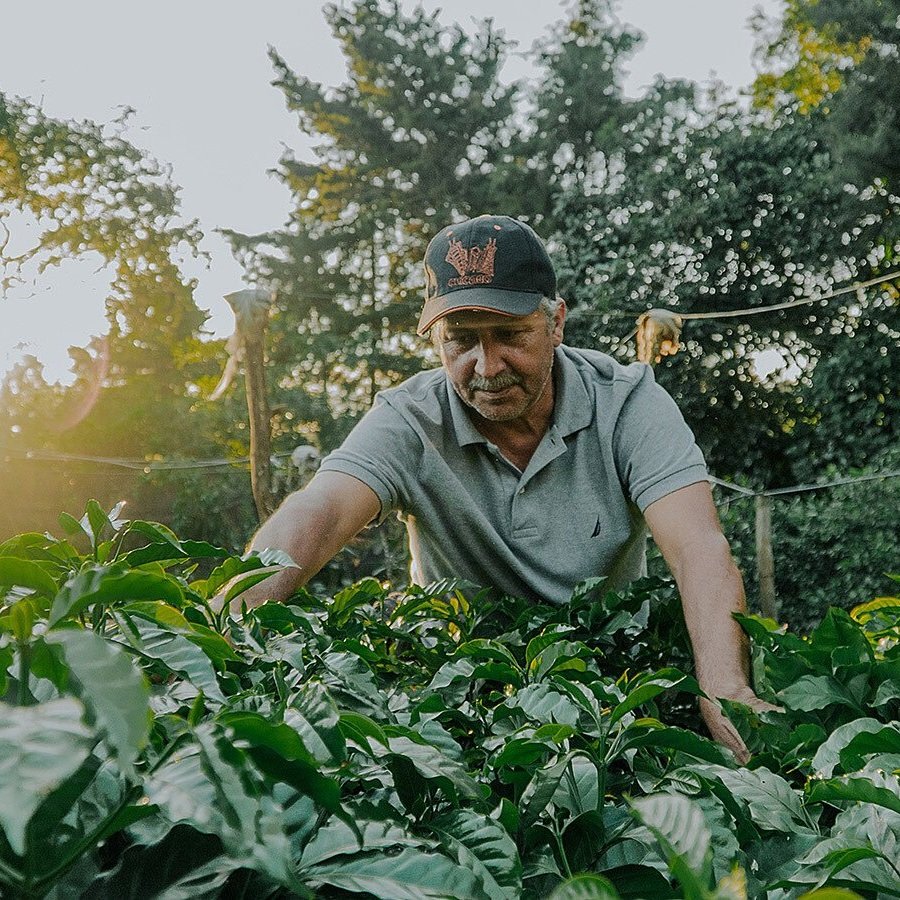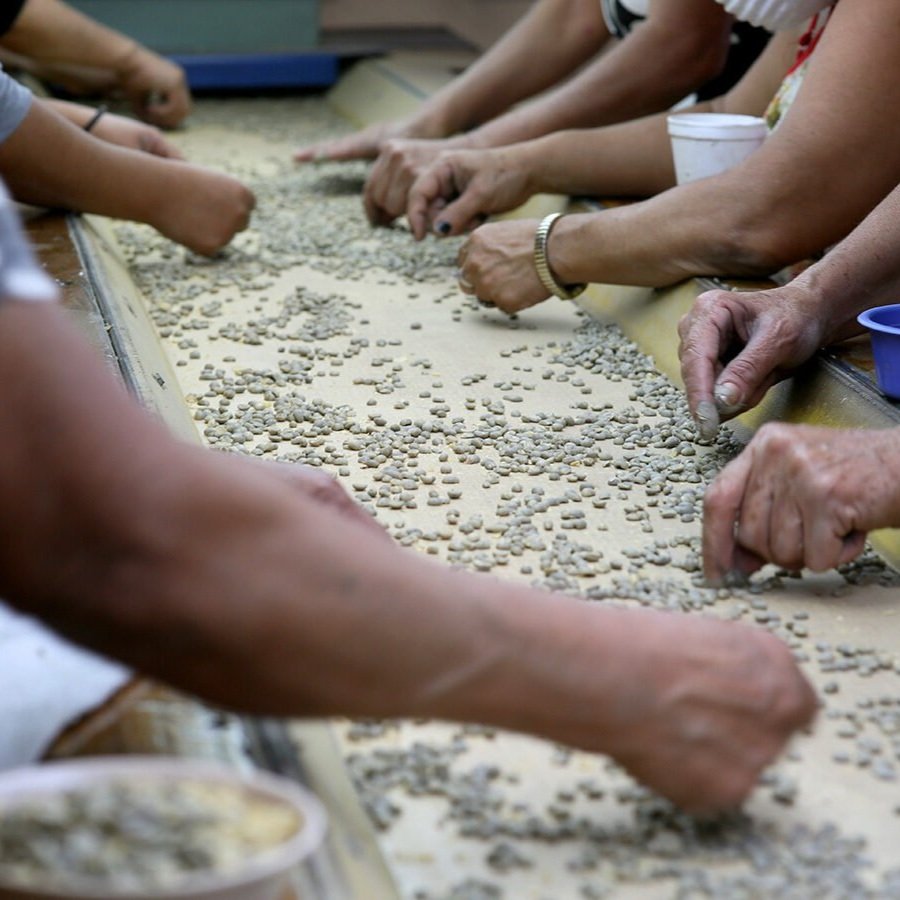BURUNDI | WASHED - SPARKLING WATER DECAF
SINGLE ORIGIN | MEDIUM ROAST - IDEAL FOR ESPRESSO
250GM BAGS - WHOLE BEAN OR GROUND | 1KG BAGS WHOLE BEAN
WE TASTE: BAKED PEAR, BROWN SUGAR, BAKING SPICES
PRODUCER: IZUBA WASHING STATION | RAW MATERIAL BURUNDI
FARMER: SMALL HOLDER FARMERS
ORIGIN: RUNINYA, KAYANZA PROVINCE, BURUNDI
VARIETY: RED BOURBON
PROCESS: WASHED | SPARKLING WATER DECAF
ALTITUDE: 1500- 1700 MASL
IZUBA meaning “Sun” in Kirundi, is located in Runinya, Kabarore Commune, of Kayanza Province. The Izuba washing station is set close to a nearby river, providing a viral and regular freshwater source for coffee processing. The station is managed by Ntama Appolinaire, who works alongside Prosper Merrimee, the operational manager of Raw Material Burundi. Izuba employs 2 full-time staff and around 250 seasonal workers, who are local to the station. Izuba is situated near to the Kibira national park, where the soil and climate are paired well for fantastic coffee production.
Kigeri, Ryamukona & Mugoyi are the three hills surrounding Izuba and the three areas in which coffee is collected or delivered from. Each volume of cherry sold to Izuba is recorded by producer and hillside, showing the minute variances in profiles from locations surrounding the washing station.
The station aims to provide premiums where possible to not only the farmers but the station staff also. The employees were paid 25% higher than other local washing stations & 33% more than the national average salary.
Izuba currently produces washed coffees and is actively developing both honey and natural processed lots, which will become larger in volume this year.
PROCESS
All cherry is hand-sorted before a pre-pulp float, where any under ripe or damaged cherry is removed. The selected cherry is now pulped in preparation for fermentation. The now parchment coffee is fermented in concrete fermentation tanks for an average of 12 hours under water. During this time, the fermenting parchment is agitated several times throughout the day.
After fermentation, coffee is released in to a large serpentine grading channel. This process also separates parchment into different density grades. During the washing process, parchment is continuously agitated to encourage lower density parchment to float and to clean any residual mucilage off the parchment. Once the parchment is separated into grades, it is given a final post-wash rinse. At this point, coffee is taken to a pre-drying area where the parchment is hand-sorted removing any insect-damaged, discoloured or chipped coffee. The parchment is laid out to dry and turned on a regular basis throughout the day for between 15 and 20 days depending on the climate.
Once landed, the beans are transported to CR3 in Bremen, Germany, which is a decaffeination plant which uses carbon dioxide to extract caffeine. Decaffeination in the way avoids the use of harsh chemicals to strip caffeine from the beans, which can also risk pulling key flavour compounds from the coffee. With Co2 decaffeination, the beans are soaked in heated water, to the point where the porosity of the beans structure is massively increased.
These porous beans are transferred to a tank where highly pressurised liquid CO2 is added, at 1,000 lb f/in2, and heated to 200 degrees fahrenheit or 93 degrees celsius. CO2 in this state is known as supercritical CO2.
The extraction of caffeine requires a solvent, which CO2 becomes in this environment. The CO2 enters the porous bean structure, and binds to the caffeine present. Once the desired level of caffeine reduction is achieved, the beans are returned gradually to their original state, dried and repackaged.
SINGLE ORIGIN | MEDIUM ROAST - IDEAL FOR ESPRESSO
250GM BAGS - WHOLE BEAN OR GROUND | 1KG BAGS WHOLE BEAN
WE TASTE: BAKED PEAR, BROWN SUGAR, BAKING SPICES
PRODUCER: IZUBA WASHING STATION | RAW MATERIAL BURUNDI
FARMER: SMALL HOLDER FARMERS
ORIGIN: RUNINYA, KAYANZA PROVINCE, BURUNDI
VARIETY: RED BOURBON
PROCESS: WASHED | SPARKLING WATER DECAF
ALTITUDE: 1500- 1700 MASL
IZUBA meaning “Sun” in Kirundi, is located in Runinya, Kabarore Commune, of Kayanza Province. The Izuba washing station is set close to a nearby river, providing a viral and regular freshwater source for coffee processing. The station is managed by Ntama Appolinaire, who works alongside Prosper Merrimee, the operational manager of Raw Material Burundi. Izuba employs 2 full-time staff and around 250 seasonal workers, who are local to the station. Izuba is situated near to the Kibira national park, where the soil and climate are paired well for fantastic coffee production.
Kigeri, Ryamukona & Mugoyi are the three hills surrounding Izuba and the three areas in which coffee is collected or delivered from. Each volume of cherry sold to Izuba is recorded by producer and hillside, showing the minute variances in profiles from locations surrounding the washing station.
The station aims to provide premiums where possible to not only the farmers but the station staff also. The employees were paid 25% higher than other local washing stations & 33% more than the national average salary.
Izuba currently produces washed coffees and is actively developing both honey and natural processed lots, which will become larger in volume this year.
PROCESS
All cherry is hand-sorted before a pre-pulp float, where any under ripe or damaged cherry is removed. The selected cherry is now pulped in preparation for fermentation. The now parchment coffee is fermented in concrete fermentation tanks for an average of 12 hours under water. During this time, the fermenting parchment is agitated several times throughout the day.
After fermentation, coffee is released in to a large serpentine grading channel. This process also separates parchment into different density grades. During the washing process, parchment is continuously agitated to encourage lower density parchment to float and to clean any residual mucilage off the parchment. Once the parchment is separated into grades, it is given a final post-wash rinse. At this point, coffee is taken to a pre-drying area where the parchment is hand-sorted removing any insect-damaged, discoloured or chipped coffee. The parchment is laid out to dry and turned on a regular basis throughout the day for between 15 and 20 days depending on the climate.
Once landed, the beans are transported to CR3 in Bremen, Germany, which is a decaffeination plant which uses carbon dioxide to extract caffeine. Decaffeination in the way avoids the use of harsh chemicals to strip caffeine from the beans, which can also risk pulling key flavour compounds from the coffee. With Co2 decaffeination, the beans are soaked in heated water, to the point where the porosity of the beans structure is massively increased.
These porous beans are transferred to a tank where highly pressurised liquid CO2 is added, at 1,000 lb f/in2, and heated to 200 degrees fahrenheit or 93 degrees celsius. CO2 in this state is known as supercritical CO2.
The extraction of caffeine requires a solvent, which CO2 becomes in this environment. The CO2 enters the porous bean structure, and binds to the caffeine present. Once the desired level of caffeine reduction is achieved, the beans are returned gradually to their original state, dried and repackaged.


